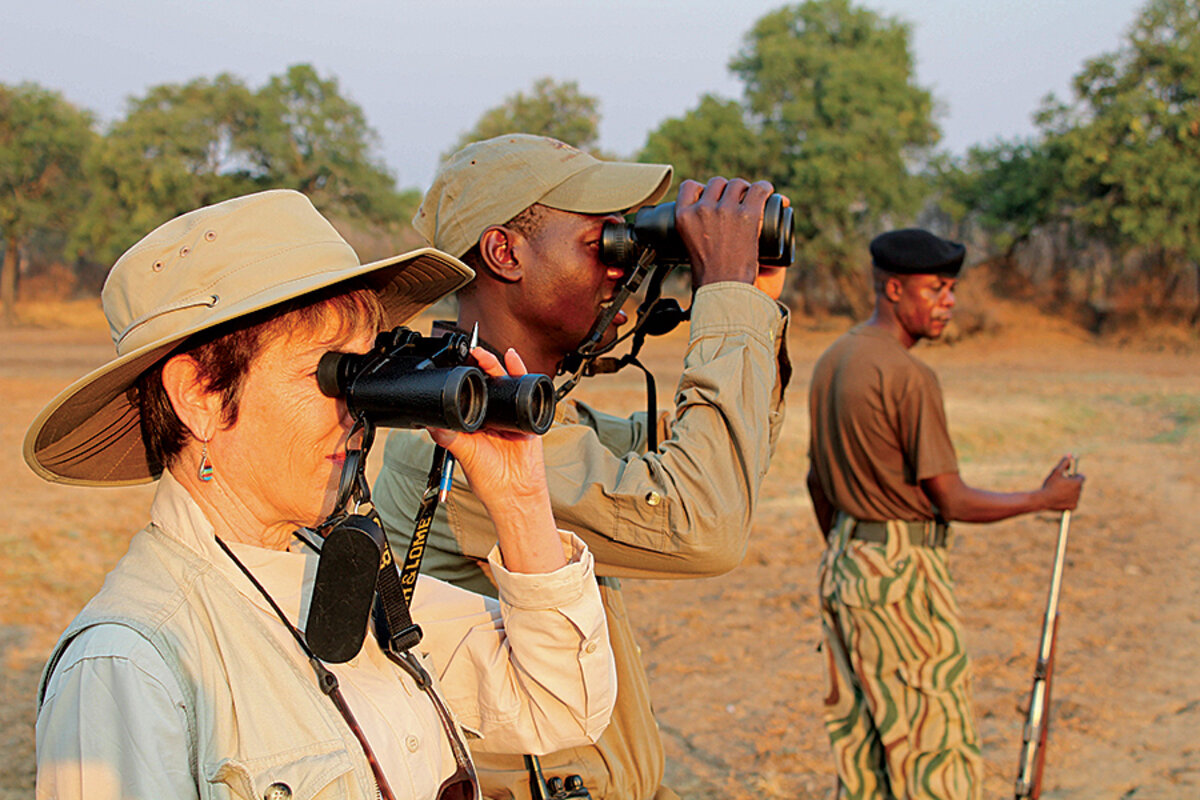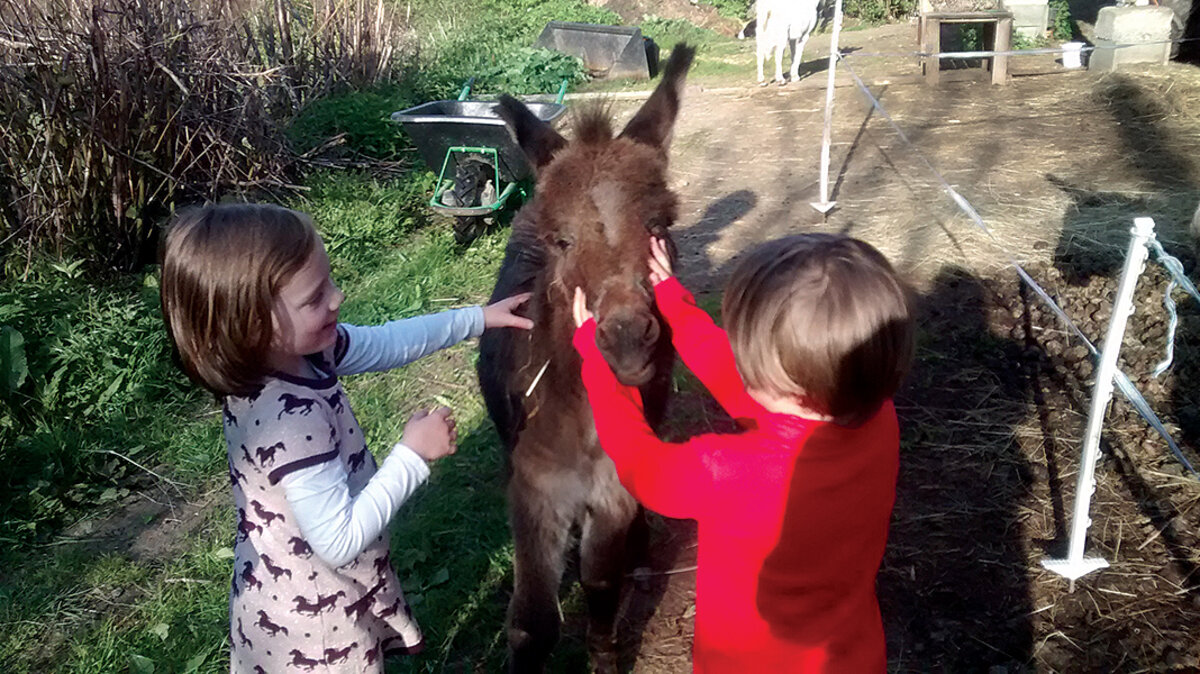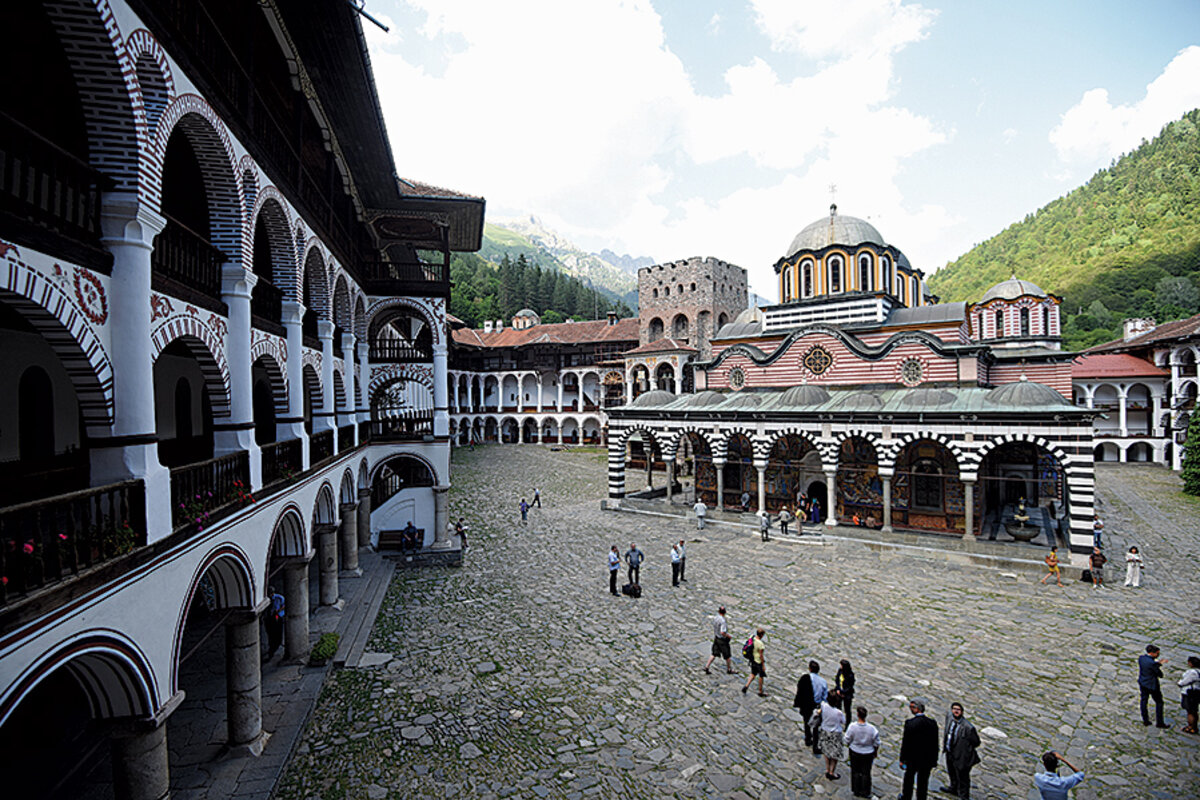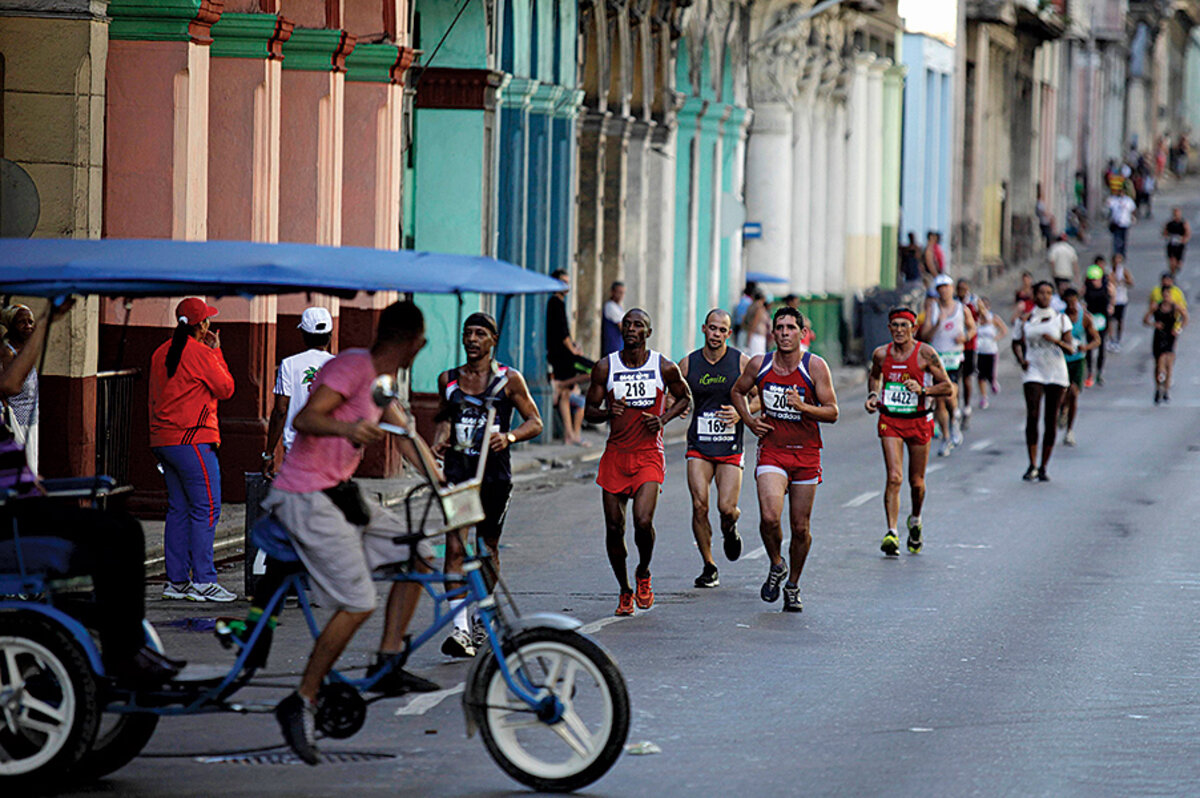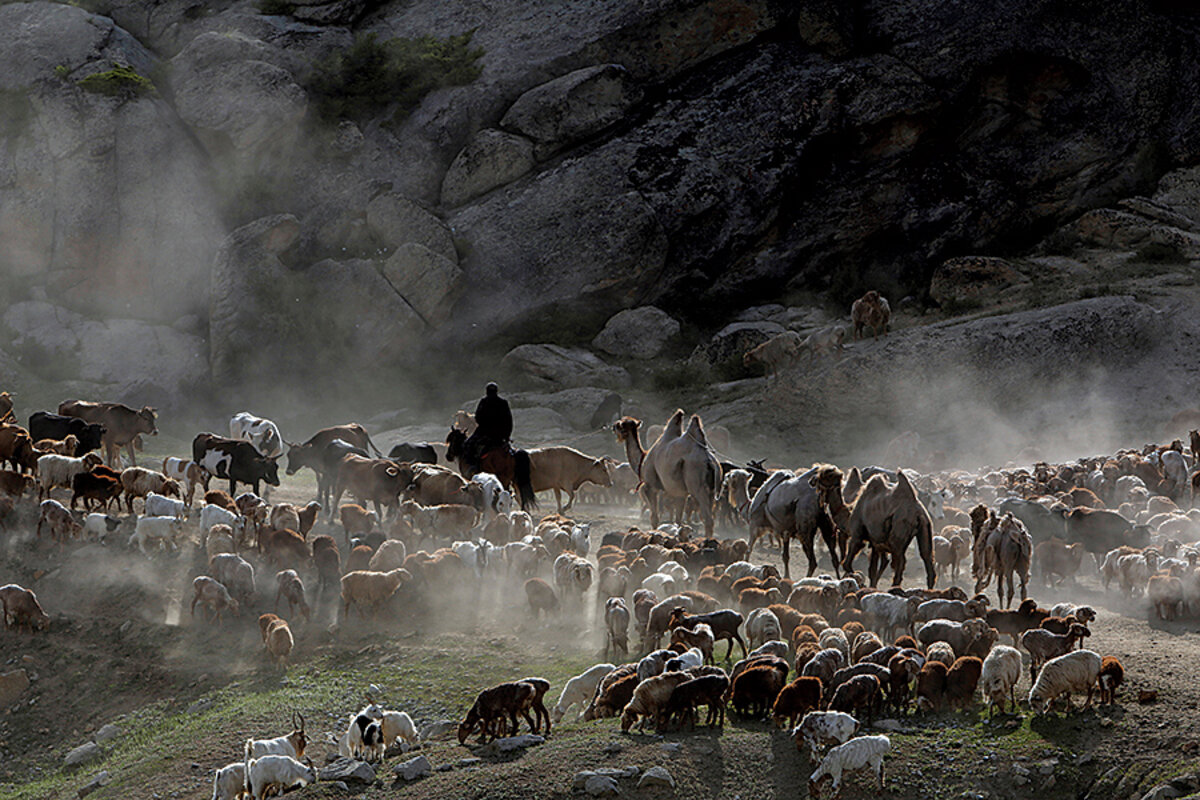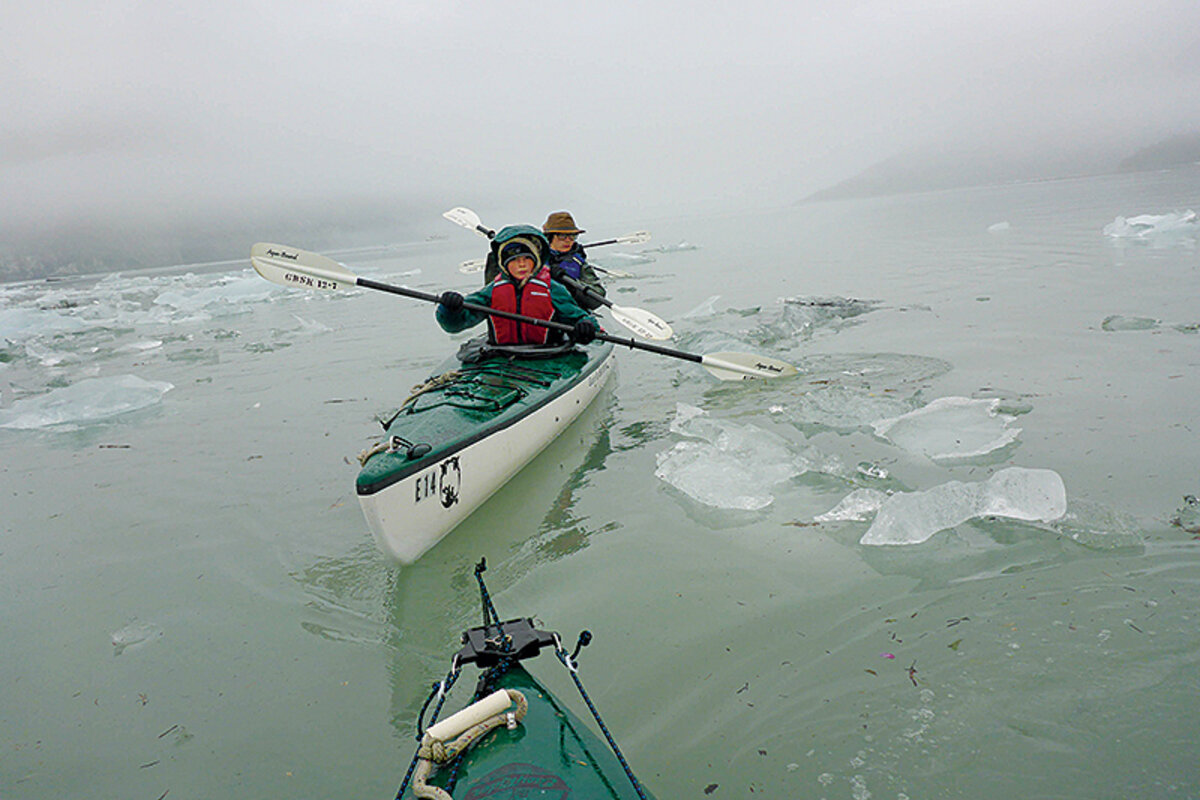Paradise found
Loading...
The tranquility of floating among flowers in the turbulent land of Kashmir
It was 6 in the morning, and the only sound I could hear was the rhythmic dip ... dip ... dip of the heart-shaped paddle of our guide, Lasa, into the murky waters of Dal Lake in Kashmir.
Next to me, tucked under a woolen cloak was my younger daughter, Zahra, fast asleep. Facing me in this shikara, a gondola-like Kashmirian boat, was my wife, Kashmira, and our older daughter, Sanaya, who was also fast asleep under a woolen blanket. My wife’s name fools a lot of people. They assume she must be from Kashmir, but despite her name, Kashmira has no connection to this land.
Until this boat ride, that is.
Some places sneak into your heart. Usually they are places so alien to one’s daily life, so far outside one’s comfort zone, that they force you to rethink everything you thought you knew about the world. You find yourself noticing small details that you would overlook elsewhere: smells, colors, the style of dress, the prevailing shape of people’s noses, the artistic accents of people’s homes, or the lilt of people’s voices.
Kashmir is a place of mythic beauty. The Persian poet Amir Khusrau wrote of Kashmir, “If there is heaven on earth, it is here, it is here, it is here.” But beauty alone didn’t arrest us. What sets Kashmir apart is the people, who are surrounded by conflict, desperately holding on to their identity, history, and grace, things that no government and no ideologue can take away.
Paddling past a Sufi shrine, past sprawling Mughal gardens, always in the shadow of the Shankaracharya Hill and its imposing temple, Lasa would point out different birds – several types of kingfishers, herons, chattering bulbuls, and regal-looking hoopoes – that inhabit the reeds and shorelines of Dal Lake. I soaked it all in, but I would find myself thinking: Here is our guide, silver-haired under a knit prayer cap, who has spent his entire life in a land defined by conflict, from the partition of India and Pakistan in 1947, to the border skirmishes of the 1960s, to the open urban conflict and street protests of the late 1980s and beyond. As a journalist, I was here to learn and write about that conflict. But along the way, I fell in love with the Kashmiris and their culture, which includes a rich tolerance and coexistence among the various religious communities that lived side by side for centuries under Buddhist, Hindu, and Muslim rulers.
Lasa dug his paddle in and pulled us around a spit of land into a bustling market that was our destination. This was Dal Lake’s floating flower market. Dozens of boats were loaded down with flowers – cream-colored Asian lotuses, pink and red Turkish tulips, white tuberoses and jasmine, red roses, orange tiger lilies, and chrysanthemums. For a glorious moment, it was an image that blotted out the conflict, that showed Kashmir’s past and potential – fragrant, vibrant, and at peace.
–Scott Baldauf / Former staff writer
A walking safari in Zambia teaches the fine art of noticing
The first time I glimpsed the languid, chocolate-brown Luangwa River in Zambia, I was emotionally unprepared for the feeling of traveling back in time. I was not an “Africa person,” or so I thought. That was before I woke up in a hut that smelled like fresh hay in the middle of the bush in South Luangwa National Park, a newly minted leopard print outside my door.
The late Norman Carr, who pioneered walking safaris in these parts, used to say that you don’t really know a country until you’ve walked it. Of course, he was a swashbuckler who raised two lions and trekked solo across what was then Northern Rhodesia, but still. Having recently returned from my third walking safari, this time at Tafika Camp in the park, I know Carr was right.
On foot, every inch of soil has a narrative. There’s the seedpod-turned-percussion instrument that local dancers wear around their ankles. There’s the craggy termite mound that is the only place high enough for locals to get cell reception. There’s hearing a sudden and mysterious churning in the river, only to realize that it is an armada of hippos swimming upstream and then submerging en masse – startled by your presence.
Unlike more famous parks like Kruger in South Africa, where you can download an app tracking the coordinates of game sightings, South Luangwa is uncommercialized and relatively undiscovered. The prerequisite for walking is being able to give up whatever trappings of modern life ensnare you. Only then – led by a national park scout who carries a rifle and a wise local guide like our own Amon Zulu – is it possible to become attuned to nuances of the landscape, to pick up the heady scent of wild jasmine or notice the trace of a crocodile’s tail along the river.
There are always risks: During my first trip to South Luangwa 30 years ago, I was almost skewered by a wart hog barreling out of a termite mound. More humbling are the stories of people like Amon, who takes care of an extended family as well as his village, when confronted by catastrophe, such as last year when a woman was killed by a lion while guarding her chicken coop.
Zambia teaches the fine art of noticing, whether it’s baboons barking when they sense the presence of a predator, or an elephant using a mopani tree as a back scratcher. It’s confirmed my belief that places have souls, ones that will open themselves up to you if you let them.
Back home in New England, my husband and I fall asleep beneath a textile handmade in Mfuwe, the gateway to South Luangwa, that is the same burnt-red color as the earth. I am enveloped by Zambia still.
–Patricia Leigh Brown / Correspondent
Sliding down haystacks and gaining political insight on a farm in Slovakia
“Adele! Adele!”
My daughter was yelling the name – and crying – as we drove down a dirt road, away from the farmhouse in rural Slovakia where we had stayed for three days – that felt like weeks, in the best sense.
I was on a reporting trip, and my husband and our 5-year-old daughter, Cecelia, had joined me. We were in Banská Bystrica – a region in central Slovakia – because it had elected an extreme far-right candidate as governor, and I was trying to understand why his party was growing in force. I did not expect to identify with the people. I hadn’t even considered what the landscape might look like.
As we drove along, passing the snowcapped Tatra Mountains, fields of red flowers bursting in the foreground, blue skies overhead, a pink church set in the middle, I kept asking myself, why had we never heard about Slovakia? It was the picture on the postcard that travelers always go in search of – yet never seem to find.
But it is Adele and company, farther south, who still monopolize our memories. Adele, incidentally, was not our host. She was the best-loved donkey on this little farm tucked in the middle of verdant green hills. Cecelia and Timo, the little boy about her age who lived there with his parents, fed her carrots. They searched for eggs in the chicken coop, and shared turns sliding down haystacks.
One day, as we set off for a family walk, Jan, the owner, and Timo decided to join us. We headed to a park where families were spending the day picnicking and riding ponies – a rhythm of life far from the clatter of malls, movie complexes, and cafes that we are used to.
When we got back to the farm, I had an email from my interpreter telling me that she couldn’t help me with interviews the next day. We were to meet at the nearby village of Ostrý Grúň, where Nazis had carried out one of the worst massacres in Slovakia during World War II but where one-fifth of the population had backed the Nazi-apologist party in Slovakia’s national elections. Normally I would have panicked – I had no backup. But Jan’s partner, Veronika, volunteered to help.
As a reporter, I have heard and witnessed far too many stories of loss over the years. So as Ostrý Grúň’s mayor recounted the moment her grandfather, as a baby, was placed under a duvet (and survived “Bloody Sunday”) while his parents were rounded up and killed, Veronika let out a noise that was so startling that at first I thought she had hurt herself. Only later did I realize it had actually been a wail of empathy. In that moment the losses of that day in January 1945 became real to me. Later that night, with Jan and Veronika’s extended family in town, we ate grilled fish from a local river at their house. They told me about the supporters of the far-right that they knew, but did so without judgment – helping to bring more compassion to my own reporting.
When we left the next day, I couldn’t help thinking that Jan and Veronika probably viewed us as just another family passing through, no matter how agreeable our brief time had been together. But for us, they have become more than just another Airbnb host.
Their generosity of time and spirit, their way of life that is so different from our own, has stayed somewhere within me. Sometimes I access it when I’m particularly harried at home in Paris. I find it easier to empathize with my child’s crying, too, evoking as it does that joyous squeal in Banská Bystrica ... over a donkey named Adele.
–Sara Miller Llana / Staff writer
Seeing Bulgaria through the lens of its monasteries
The first time my fiancée brought me to her grandmother’s village in northwest Bulgaria, I found, to my surprise, a very spiritual place.
At the time, I was still harboring a vague impression of Bulgaria as a repressive former communist country that was now one of the poorest members of the European Union. But the first thing Petya wanted to show me four years ago was the Lopushna Monastery, a 12th-century holy place not far from her grandmother’s house, where generations of her family had been baptized. Lopushna’s architecture was famous, its religious icons were national treasures, and for centuries it was a center of resistance to Turkish invaders.
It was more than just a place of local pride for her. Petya put on a light blue scarf to cover her head as we walked through the monastery’s gates – a traditional Orthodox act of piety. I was startled. We were New Yorkers. I knew the professional woman in Manhattan who wears fashionable shoes and carries vintage handbags, the world traveler who did relief work in Africa, the immigrant drawn by the promise of America.
Petya had grown up in the waning years of communism in the city of Mihaylovgrad, near the mountainous border region with Serbia. The new government renamed it Montana, after the ancient Roman settlement, when she was 9 years old. Petya preferred the name Ferdinand, however, the city’s name in the 19th century. In this region of Bulgaria, her home, monasteries became our unplanned guides. From her grandmother’s house in Govezhda, built of bricks the family had baked themselves, we would take drives through the countryside. They were romantic, near-cinematic, including stops for flocks of sheep crossing the roads.
We drove less than half an hour to the monastery at Chiprovtsi, a former center for metalsmithing, dating back to the Middle Ages. During Roman times, the emperor Augustus extracted tons of gold from the local river. The waterway now bears his name, and enormous piles of boulders, used to dam it then, still remain.
We spent hours together walking through the lush gardens at the Klisurski Monastery, also in the province of Montana. Later, we traveled to Bulgaria’s historic Rila Monastery, a World Heritage site a few hours away.
The Rila region’s famous seven lakes, layered into the mountains in enormous ascending glacial pools, draw thousands of spiritual pilgrims every year. We got up early with many of them to watch the summer sunrise.
For an expatriate returning home, as well as the man she brought with her, such places were grounding. We are semi-peripatetic New Yorkers, each in different ways making a life in a city where everyone seems to have come from somewhere else.
After that first summer, we did other things during our visits to her home, found other places to drive to from her grandmother’s brick house – but we often return to Lopushna, where we still light a candle or say a prayer and, this year, it’s where we will get married.
–Harry Bruinius / Staff writer
A runner’s marathon reveals how Cuba’s past collides with the future
The brisk breeze carries the crashing waves as I sip a thick, sweet Cuban coffee on our balcony overlooking the Malecón. The Bay of Havana stretches before me to the Straits of Florida, Key West a bumpy boat ride away. To my right, the stone tower and rambling fortifications of the 16th-century Castle Morro dominate the bay, its rusty iron cannons still standing guard against potential intruders.
It’s an unusually quiet Sunday morning. Missing is the regular roar of Havana’s clunky old American cars – symbols of the vanquished imperialista Yanqui, Fidel Castro’s isolating steel grip, and the Cubans’ remarkable practicality. Those fancifully colored Fords and Chevys cruise along with a hodgepodge of homemade parts under the hood. This morning, though, their rumble has been replaced by the gentle padding of thousands of feet.
Runners from Cuba, and around the world, stream beneath our balcony for the 30th annual Marabana Marathon. For the third year in a row, Americans are among the surging masses – this year more than 800, the most of any foreign country.
The runners’ route offers a tour of this stunning, crumbling city’s tumultuous history, with its fierce pride and heartbreaking realities. It’s so human, contradictory. It’s what drew me here to begin with.
The course starts at the marble-domed El Capitolio, built in 1929 and inspired by its Washington counterpart. Here the notoriously corrupt Fulgencio Batista ruled with the aid of the American ambassador, and mob bosses, until his ouster during the 1959 Revolution. To Mr. Castro, the building symbolized American greed. He moved his government elsewhere.
The runners then wind through the renovated baroque squares of Habana Vieja, where Spanish conquistadors hoarded gold and Ernest Hemingway held court. From there, it’s on to the Malecón, passing beneath our apartment and heading for the Art Deco Hotel Nacional, where Frank Sinatra serenaded mob kings and Castro later founded a sewing school for country women.
The route arcs into the wide streets of Vedado, home of the opulent mansions that aristocrats, sugar barons, and American tycoons built in the 19th and 20th centuries in a competition of excess. Most today are couched in decay. The freshly painted ones house either government offices, embassies, or foreign corporations.
Finally, it’s on to the Plaza de la Revolución with its towering monument to the patriot and poet José Martí, and then back to the capitol building.
Many of the landmarks along this circular route reflect the optimism in Cuba as the country undergoes an uncertain transition since the thawing of relations with the United States and the death of Castro. The government has eased some import restrictions. Shiny yellow taxis and hulking tourist buses now share the streets with Cuba’s iconic cars. Workers are renovating the capitol building so that it again can seat the National Assembly. And Vedado is alive with private restaurants, galleries, and a nightlife thriving with swaying mambos.
But when I step onto our back balcony, which overlooks Central Havana, the overwhelming poverty still evident tempers that optimism. The marathon circled around this part of the city, a testament to the broken promise of the revolution – and of how far Cuba still has to run.
–Alexandra Marks / Former staff writer
My Stonehenge in the mountains of southern Siberia
The sudden snowfall took me by surprise. Admittedly I was 6,000 feet up in the Altai Mountains of southern Siberia, hard by the Mongolian border. But this was June.
Nonetheless, thick and silent fog hugged a roadside copse of cedars. Thousands of strips of white cloth hung motionless from their branches, tokens of hidden shamanic meaning that travelers had offered to the local spirits. And the blanket of snow muffled the footsteps of a family of local villagers who ventured into the woods.
As they squatted in a circle around a tree, one man, his crimson basketball cap standing out against a landscape drained of color, reached up and tied another strip of material among the many that festooned the lowest branch. Then he sat back on his haunches, his head bowed, and shared some food with his fellow worshipers.
He was reluctant to explain the enigmatic and private ceremony as he climbed back into his decrepit van, other than to say that “you hang ribbons here when you have a special request.”
When did this custom start? He did not know. But more than a millennium in the past; of that he was sure.
Nowhere in the world have I felt so close to people who trod this earth thousands of years ago. For the signs of their daily life, and of their spiritual life, are all around you in the remote, barren, and rocky highlands of the Altai – buried in ancient graves or carved into mountainsides. Today’s inhabitants may not understand those signs, but they recognize and respect them.
Stone monoliths stand in especially sacred places, dating back 2,500 years. Today, locals place antique objects that they have come across – a silver spoon, a hand-beaten iron nail dating from the previous century – at the foot of the monoliths. “People don’t know what they are,” local archaeologist Vladimir Kubarev told me, “but they still revere these stones.”
Not so long ago, local shamans still used some of the monoliths in their rituals. Rising alone on an empty plateau, one slate stone stood like a sentinel, bearing witness to the Altai’s astonishing continuity of tradition. The stone was probably first erected by the Scythians 2,500 years ago, but it also bears runic inscriptions in a Turkic language that was in use around the 10th century.
Toward the base of the stone, etched in the early years of the previous century, are shamanic carvings – seven female figures holding hands in a ritual dance. The carvings portray the women in the same bent-leg position, symbolic of childbirth, that Bronze Age people in the Altai used 3,000 years ago to represent womanhood.
In my living room I keep a simple stone rubbing of an antlered deer – taken from a carving that an Iron Age hunter had made in a rockface as he waited for migrating herds. It is so realistic, I can feel the tension in his bowstring.
–Peter Ford / Staff writer
Writing a novel on a Greek island while wrapped in a sleeping bag
One summer night some years ago I got lost in an unlit back alley off an outdoor market on the Greek island of Paros. It opened up to a tiny inlet and across the water stood a house whose front door opened to a small stone beach. As I stood in the darkness, the lights of the living room illuminated the inside of the home as though it were a stage. A man pecked at a computer overlooking the sea and a lone sea gull’s call was the only sound audible above the surf.
That image stayed with me for years. For nearly a decade I’d dreamed of taking time to write a novel. If ever there was an ideal setting to do so, this was it. But living on a Mediterranean island to pursue a passion project seemed the stuff of trust-fund kids. Then I realized the island happens to be in a country that has recently experienced economic collapse and has cold, tourist-free winters.
I arranged to take three months off work and flew to Greece in January. (As a freelance journalist, I’m often cash poor but time rich.) In a ferry office, I inquired about going back to Paros, but the agent told me the entire island was “closed for the winter.” Instead, she suggested that I go to Aegina, a 45-minute boat ride west of Athens. I booked a ticket, and with the help of Airbnb and some Aeginan friends, I found myself living in a cottage with a roof deck overlooking the sea for €300 ($326) a month.
On a Greek island in the winter, you’re left with only those who would refuse to evacuate in the face of an imminent volcanic eruption. Every day I worked in a cafe in the port. I don’t remember seeing anyone there under the age of 70 other than the lone waitress.
When I wasn’t writing, I’d walk down the coast and along vacant beaches. Of course the raw reality of an empty beach in February is that you need fleece instead of sunblock. Additionally, many of the houses are built for the summer heat, not the winter cold. On chilly nights, if people had peered into my house, they’d have seen me zipped into a sleeping bag while working at my desk.
But it was a romantic discomfort that had its own rewards. The tranquility and solitude helped me focus on the tasks at hand – plots and protagonists and personal rejuvenation. Over the course of two winters on Aegina, I completed two novels, landed a literary agent, and shook off years of blue-pencil affronts from distant editors.
–Tom A. Peter / Correspondent
Kayaking through icebergs, and avoiding bears, in Alaska
Whales. Grizzly bears. Kayaking among icebergs. And a majestic backdrop of snow-gauzed mountains, when the rain subsides and the pounding wind parts the clouds.
Welcome to Alaska’s untamed Glacier Bay National Park, a 3.2-million-acre wilderness that defines “adventure” – especially if you happen to be kayaking through it with your four children.
Just getting there shows how far you are from civilization, with a final small-plane flight from Juneau, Alaska, to Gustavus Airport, over the sheer mountains and endless forests that converge on a tableau of straits and inlets.
For those venturing without a guide into the unknown, as we were, there is a mandatory session with national park rangers at Bartlett Cove – where we learned ways to keep safe.
Rules 1 through 10: Avoid bears. And if you can’t, even after keeping an eye out for claw slashes on trees and bear scat on beaches, keep a can of bear spray handy and know how to react differently if you’re being attacked by a grizzly versus a black bear.
(The short version: Try to flee the smaller black bear, but never run from a grizzly. Instead, lie face down on the ground, cover your head, and hope for the best.)
We were issued bear canisters, plastic cylinders two feet long with claw-proof lids, that could be nestled inside our double kayaks. Inside would be all the food and anything that had a scent, including toothpaste. These packs were to remain 100 yards from our tents every night, so interested bears might find those and not us. And cooking would be performed below the high-tide line, allowing all traces of food to be washed away.
After this unnerving preamble, we finally loaded our gear onto a sightseeing boat that piloted us 25 miles farther into the wilderness. It dropped us off and then departed.
Over the next six days we would, just once, see only two other people – a pair of kayakers – as we journeyed 45 miles through the Alaskan wild. Instead our world would be marked by seals playing hide-and-seek with our kayaks, bears ambling on shore, and paddles knifing through icy waters.
As a native of Seattle, my image of Alaska growing up was one of vast scale, monumental distances, and the raw promise of exploration. Now I was happy that my children were (mostly) enjoying the hard labor and deep satisfaction of a once-in-a-lifetime adventure.
Glacier Bay didn’t disappoint. We faced down brutal head winds, survived days of soaking rain, and slept near McBride Glacier, where the groans of icebergs cracking beneath the water serenaded us one frozen night.
The boat picked us up from Sebree Island for our slow return to civilization. The salmon chowder was fantastic – and the joy and relief my kids felt was palpable. We had, after all, never unholstered our bear spray.
–Scott Peterson / Staff writer




